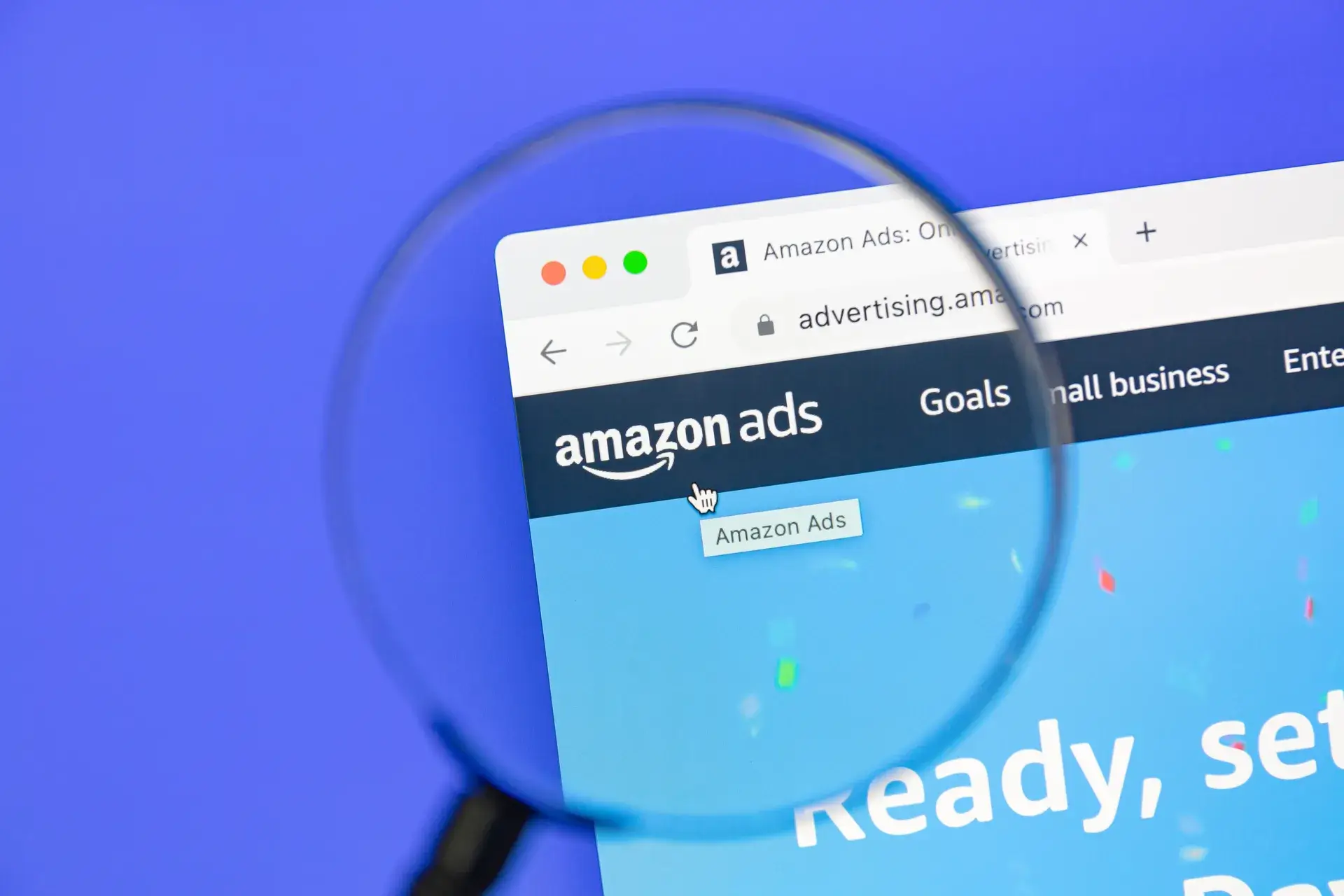Google Shopping Management is crucial for e-commerce businesses aiming to optimize their product listings and boost sales. In this comprehensive guide, we'll cover essential strategies for effectively managing your Google Shopping campaigns, from setting up your product feed to optimizing ads for better conversion rates. Whether you're a beginner or seeking advanced tactics, this guide has something for everyone.
What is Google Shopping Management?
Google Shopping Management involves overseeing your product listings and advertising campaigns on Google Shopping, a service that allows consumers to search for, view, and compare products from different retailers. This platform is vital for e-commerce businesses as it connects them with potential customers right at the point of purchase.
1. Setting Up Your Google Merchant Account
The first step in effective Google Shopping management is setting up your Google Merchant Account, where you’ll upload your product data. Here’s how:
- Sign Up: Go to Google Merchant Center and create an account.
- Product Feed: Prepare your product feed using the Google specifications and guidelines.
- Verification: Verify and claim your website URL to establish your ownership.
2. Creating a Well-Structured Product Feed
Your product feed is vital for successful campaigns. Consider the following:
- Data Quality: Ensure data accuracy with relevant titles, descriptions, and high-quality images.
- Categories: Use Google’s category taxonomy to correctly classify your products.
- Update Frequency: Regularly update your feed to reflect stock levels and pricing changes.
3. Optimizing Google Shopping Ads
Once your feed is set up, it’s time to optimize your ads for superior performance:
- Ad Copy: Craft compelling product titles and descriptions that include target keywords.
- Bids: Set competitive bids based on your product margins and target return on ad spend (ROAS).
- Product Ratings: Encourage customer reviews to enhance product ratings and attract clicks.
4. Utilizing Smart Shopping Campaigns
Smart Shopping campaigns leverage machine learning to optimize ad delivery:
- Automation: Allow Google to automate the bidding and ad placements, maximizing your visibility.
- Targeting: Target ads based on user behavior, preferences, and past purchasing data.
5. Monitoring Campaign Performance
Regularly tracking and analyzing performance metrics is essential. Focus on:
- Click-Through Rate (CTR): Measure how often shoppers click on your ads to gauge relevance.
- Conversion Rate: Analyze how many clicks lead to sales, indicating the effectiveness of your product listings.
- Return on Ad Spend (ROAS): Calculate the revenue generated for every rand spent on advertising.
Conclusion
Effective Google Shopping Management can significantly impact your online sales and visibility. By setting up a quality product feed, optimizing your ads, and continuously monitoring performance, you can unlock greater success for your e-commerce business. At Prebo Digital, we specialize in e-commerce marketing and can help you navigate Google Shopping Management with ease. Reach out today to elevate your online presence!







